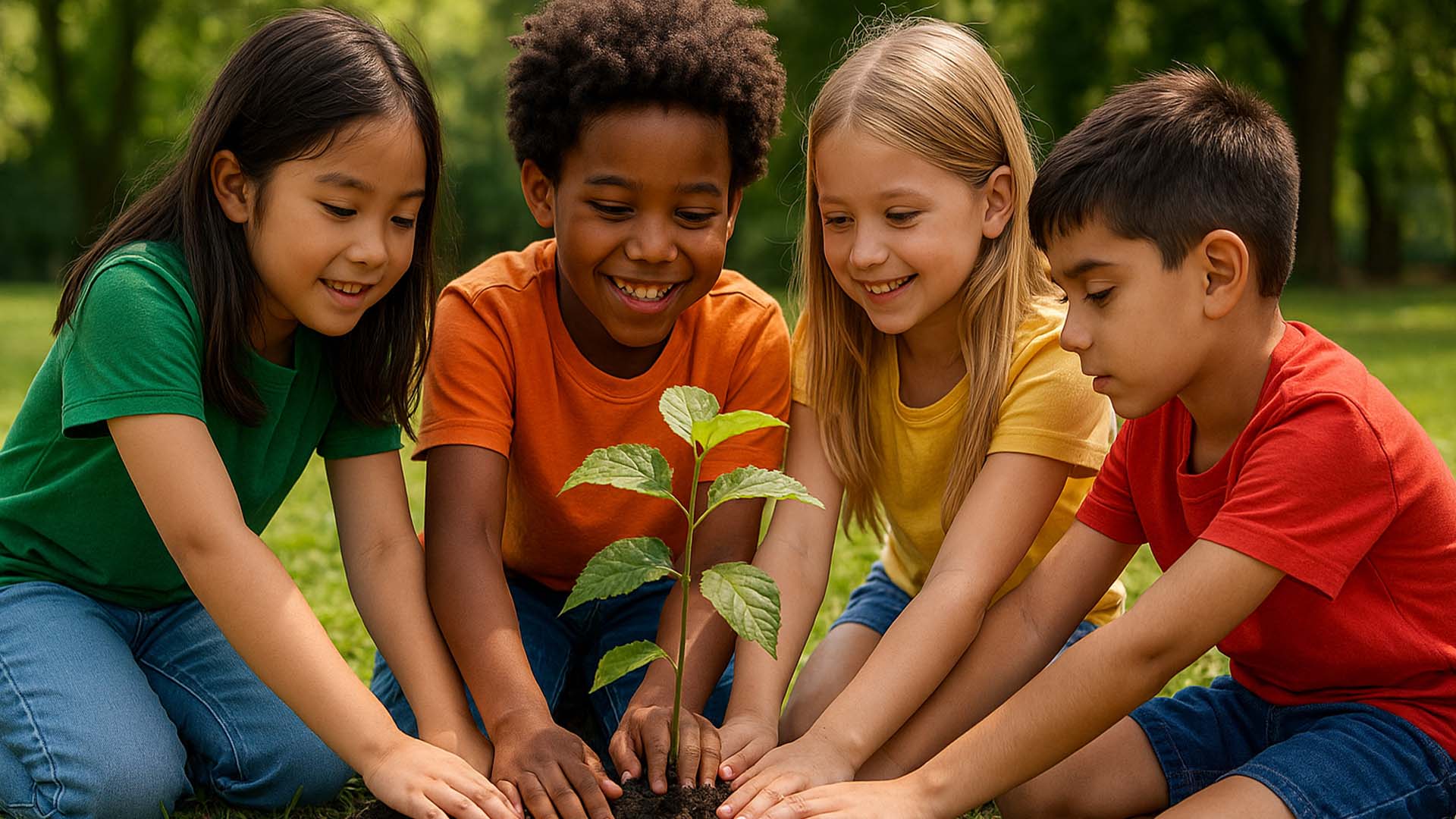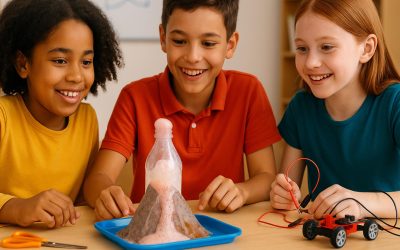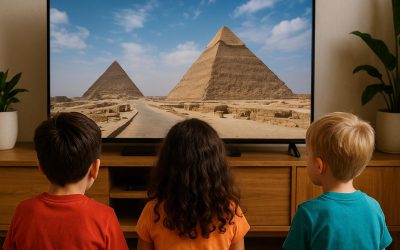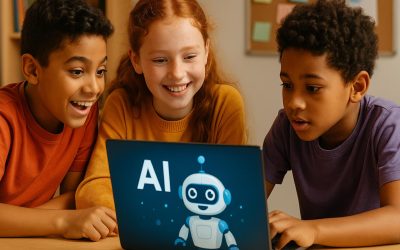Our planet is an amazing place, full of incredible animals, plants, and natural wonders. But it needs our help! Teaching children about environmental awareness from a young age is crucial for protecting our Earth for future generations. This article will explore why it’s important to educate kids about the environment and offer fun, practical ways they can make a big impact with their little hands.
Why Environmental Education Matters
Environmental education helps children understand the natural world and the challenges it faces, such as pollution and climate change [1]. It fosters a sense of responsibility and encourages them to become active participants in protecting our planet. When kids learn about the environment, they develop a deeper appreciation for nature and understand how their actions can make a difference.
Understanding Climate Change for Kids
Climate change is a big topic, but it can be explained in simple terms for children. It refers to a change in the typical weather patterns of a region over a long period [2]. Human activities, like driving cars and using electricity, release gases that trap heat in the atmosphere, causing the Earth to warm up. This warming can lead to more extreme weather events and affect plants and animals [3].
Fun Ways Kids Can Help the Environment
1. Reduce, Reuse, Recycle!
This is the golden rule of environmental protection! Teach children to reduce the amount of waste they create, reuse items instead of throwing them away, and recycle materials like plastic, paper, and glass. Make it a game to sort recyclables or find new uses for old items [4].
2. Conserve Energy and Water
Simple actions can make a big difference. Encourage kids to turn off lights when they leave a room, unplug electronics when not in use, and take shorter showers. Turning off the water while brushing teeth is another great habit to teach [5].
3. Connect with Nature
Spend time outdoors! Go for walks in a park, plant a garden, or visit a local nature center. The more children connect with nature, the more they will want to protect it. Hands-on activities like planting trees or cleaning up a local park can be very impactful [6].
4. Be a Responsible Consumer
Teach children about making eco-friendly choices. This could involve choosing products with less packaging, opting for reusable water bottles and bags, or even learning about where their food comes from. Explain that every choice we make has an impact on the environment.
5. Spread the Word
Encourage children to share what they’ve learned about environmental protection with their friends and family. They can be powerful advocates for the planet, inspiring others to take action.
Q&A
Q1: What is the difference between weather and climate?
A1: Weather is what happens in the atmosphere over a short period, like if it’s sunny or rainy today. Climate is the average weather conditions in a place over a very long time, usually 30 years or more [7].
Q2: How does pollution affect animals?
A2: Pollution can harm animals in many ways. For example, plastic waste in oceans can trap marine animals or be mistaken for food. Air pollution can make it difficult for animals to breathe, and water pollution can poison their habitats [8].
Q3: Can kids really make a difference in protecting the environment?
A3: Absolutely! Every small action adds up. When kids learn to conserve resources, recycle, and care for nature, they contribute to a healthier planet. They also inspire adults around them and become future environmental leaders [9].
Sources
[1] US EPA. (n.d.). Learning and Teaching about the Environment. https://www.epa.gov/students
[2] NASA Climate Kids. (n.d.). A Guide to Climate Change for Kids. https://climatekids.nasa.gov/kids-guide-to-climate-change/
[3] C2ES. (n.d.). Climate Basics for Kids. https://www.c2es.org/content/climate-basics-for-kids/
[4] Nemours KidsHealth. (n.d.). Be a Green Kid (for Kids). https://kidshealth.org/en/kids/go-green.html
[5] City of Evansville. (n.d.). Cool Things Kids Can Do To Help Save the Earth. https://www.evansvillegov.org/egov/apps/document/center.egov?view=item;id=951
[6] Environment America. (2021, March 30). 51 Environmental Activities Kids Can Do for Earth Day. https://environmentamerica.org/articles/51-environmental-activities-kids-can-do-for-earth-day/
[7] National Geographic Kids. (n.d.). What is climate change: facts for kids. https://www.natgeokids.com/uk/discover/geography/general-geography/what-is-climate-change/
[8] WWF. (n.d.). Pollution and wildlife. https://www.worldwildlife.org/threats/pollution-and-wildlife
[9] A Good Company. (n.d.). Nurturing Environmental Awareness in Our Children. https://www.agood.com/blogs/stories/nurturing-environmental-awareness-in-our-children
SEO Metadata
Keywords:
AI Summary: This article educates children and parents on environmental awareness, explaining climate change in simple terms and providing practical, fun ways for kids to help protect the planet. It covers reducing waste, conserving energy, connecting with nature, and responsible consumption, along with a Q&A section addressing common questions about weather vs. climate, pollution’s impact on animals, and children’s ability to make a difference.
Q&A for Header:
- Why is environmental awareness important for kids?
- How can children help protect the environment?
- What is climate change explained for kids?
- How does pollution affect animals?
- Can kids really make a difference for the planet?








0 Comments